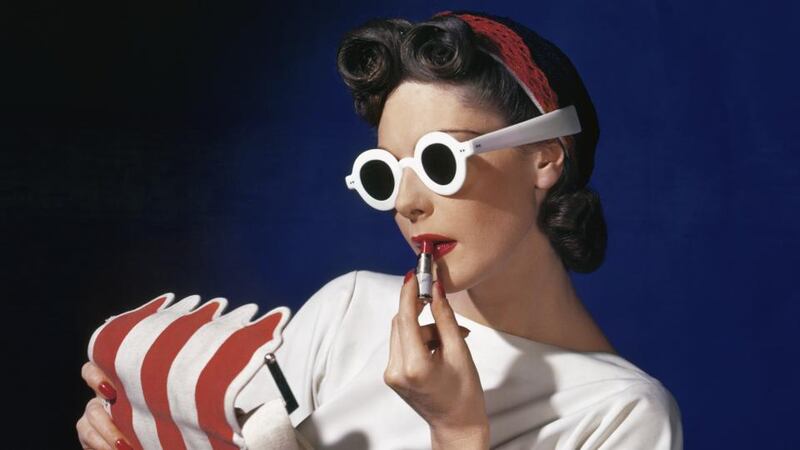When I was creative director at American Vogue in the mid-1980s, I frankly didn't have much to do, so every now and again I would have lunch with Horst. We used to go to a rather dowdy Italian restaurant just up from Bloomingdales, and he would talk to me about the old days.
He was so much fun. At that time he was feeling rather left out in the cold – Alex Liberman would never hire him as he felt Horst’s fashion work was old-fashioned – but Horst never complained. He was a perfect gentleman.
Later, as editor-in-chief of British Vogue, I commissioned Horst, together with Grace Coddington, to do a fashion story on Yasmin LeBon, in spite of the fact that my vision for the magazine was all about being of the moment.

Grace was wildly excited to be working with him. I remember her telling me about the shoot afterwards and the extraordinary effect Horst was able to achieve – how he did something to the lights, moved them in a very specific way, and suddenly you had a “Horst” picture with that signature chiaroscuro, those dramatic shadows. The images were very much of Horst’s “period” but they were also absolutely timely and relevant.
Horst was the Mario Testino of his day. If you were faintly royal, or had social connections, having your photograph taken by Horst really meant something. He made everyone look beautiful, flawless and alluring.
Horst excelled at photographing interiors as well as taking portraits, capturing rooms so that that they looked not only stylish but also lived-in.
He would ask the home-owners where they most liked to sit in a room and would take the picture from that vantage point, often shooting through a flower arrangement. The resulting image created the impression that you were a welcome guest, walking into the room for the first time.
After I returned to the United States as the editor-in-chief of American Vogue, Horst was awarded the Geoffrey Beene Lifetime Achievement Award by the Council of Fashion Designers of America. I was extremely flattered when Horst asked me to present him with the award. I wore a glamorous Geoffrey Beene dress once worn by Diana Ross. Of course, Horst loved it! My great friend Eric Boman, the Swedish photographer, while in Paris shooting the collections for French Vogue, found himself at the same Vogue studio as David Bailey and Horst. He and Horst had dinner together and became firm friends, and so I would hear all the stories.
Eric and Peter Schlesinger, David Hockney’s muse, were invited to visit Horst and his partner Valentine Lawford to celebrate Labor Day at their house in Oyster Bay, which was a reflection of Horst’s sense of style and elegance.
Eric and Peter were a little alarmed to discover Horst sitting stark naked by the pool. “Come on, boys, jump in!” he urged them, but they felt it was too early in their friendship for such intimacy, so they demurred. Instead, he regaled them with stories of how the Sitwells and Greta Garbo had sat exactly where they were sitting and, to illustrate his point, he asked his assistant Hansi to fetch the photographic evidence, a shoe-box full of large-format negatives. To Eric’s horror, Horst proceeded to pull out the one of Garbo “with his bare mayonnaise fingers”.
To mark the 120th anniversary of American Vogue, I was asked to reflect on my favourite Vogue images: Horst's Mainbocher Corset was one.
While Horst himself was old-school in the best possible way, a vibrant testament to a lifetime of high style and high culture, lived to the fullest, his genius lay in creating images that are equally of their time, yet timeless.
Horst: Photographer of Style opens at the V&A on September 6th and runs until January 4th, 2015. A selection of images will be on show at Kildare Village for a limited time from September 6th.










